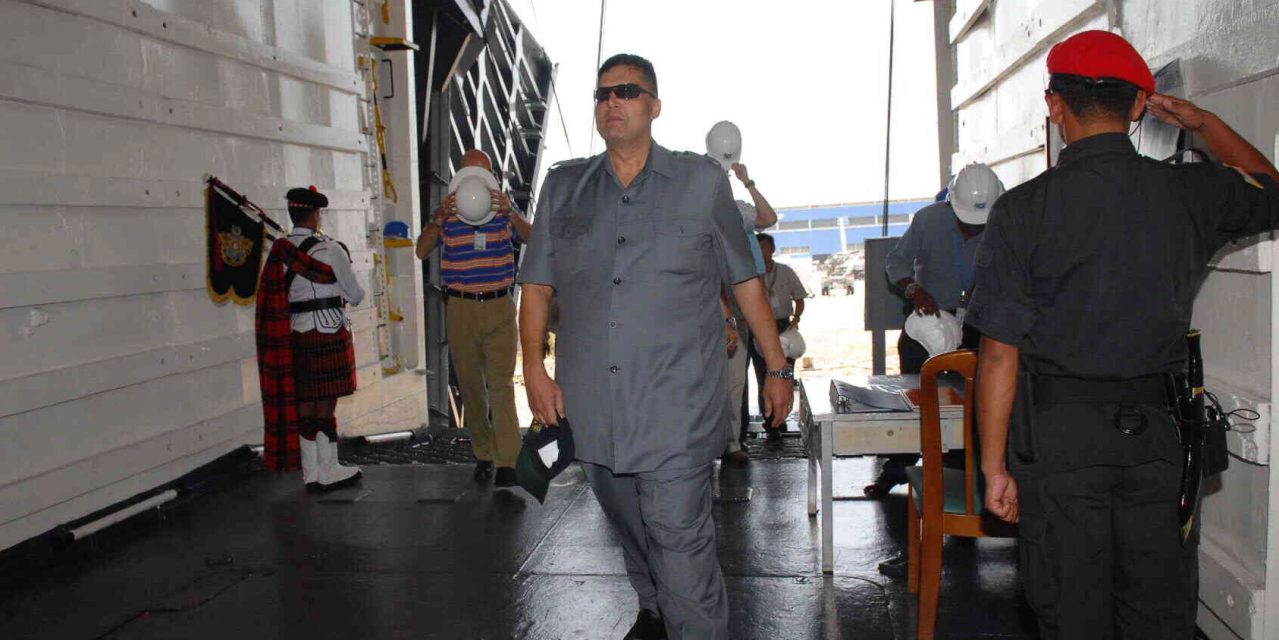Clean Energy's Success Story: Navigating The Ongoing Attacks

Table of Contents
The Economic Threats to Clean Energy
The transition to clean energy faces significant economic headwinds, largely fueled by continued governmental support for fossil fuels and the inherent volatility in renewable energy pricing.
Subsidies and Tax Breaks for Fossil Fuels
For decades, fossil fuel industries have received substantial government subsidies and tax breaks, creating an uneven playing field for clean energy. These subsidies artificially lower the price of fossil fuels, making them more competitive than renewable alternatives despite their significant environmental impact.
- Examples: Direct subsidies to oil and gas companies, tax breaks for fossil fuel exploration and extraction, and indirect support through infrastructure development.
- Impact: These subsidies distort the energy market, hindering the growth of renewable energy sources by making them less economically attractive. They effectively delay the necessary shift towards a sustainable energy future.
- Potential Solutions: Phasing out fossil fuel subsidies and reinvesting those funds into renewable energy research, development, and infrastructure projects is crucial. Implementing robust carbon pricing mechanisms could also level the playing field and incentivize the adoption of cleaner energy sources. This includes exploring renewable energy tax credits that are competitive with existing fossil fuel incentives.
The Price Volatility of Renewables
Concerns about the fluctuating costs of renewable energy sources, like solar panels and wind turbines, often serve as a barrier to wider adoption. However, it's important to contextualize this volatility.
- Factors Contributing to Volatility: Raw material prices (e.g., silicon for solar panels, rare earth minerals for wind turbines), technological advancements leading to cost reductions, and fluctuating energy market demand all play a role.
- Strategies for Mitigation: Long-term power purchase agreements (PPAs) can provide price stability for renewable energy projects. Furthermore, ongoing technological innovation consistently drives down the cost of renewable energy technologies, making them increasingly competitive. Improved grid integration and energy storage solutions are also vital in managing supply and demand fluctuations.
Political and Regulatory Hurdles for Clean Energy Advancement
Navigating the political landscape and regulatory frameworks presents significant challenges for clean energy development.
Regulatory Barriers and Permitting Delays
Complex and often lengthy permitting processes create significant hurdles for clean energy projects. Bureaucratic delays can increase project costs and significantly extend timelines, impacting the overall viability of investments.
- Examples: Extensive environmental impact assessments, lengthy approvals from multiple regulatory bodies, and challenges in securing land use permits.
- Impact: These delays can discourage investment in clean energy, hindering the expansion of renewable energy infrastructure.
- Potential Solutions: Streamlining permitting processes, consolidating regulatory authorities, and implementing clear and efficient approval frameworks are crucial steps to accelerate clean energy project development. Regulatory reform focusing on efficiency is vital.
Lobbying Efforts by Fossil Fuel Industries
Powerful lobbying groups representing fossil fuel interests actively work to influence energy policies, often hindering the adoption of clean energy initiatives.
- Examples: Funding of political campaigns, lobbying efforts against renewable energy legislation, and spreading misinformation about the benefits of clean energy.
- Impact: These efforts can delay or even prevent the implementation of policies that would promote the transition to a sustainable energy future.
- Strategies to Counter Lobbying: Strong clean energy advocacy groups, public awareness campaigns highlighting the benefits of clean energy and the negative impacts of fossil fuels, and grassroots activism can help counter the influence of fossil fuel lobbyists.
Misinformation and Public Perception Challenges
The spread of misinformation and a lack of public understanding about clean energy technologies pose significant obstacles to wider adoption.
Combating Misinformation Campaigns
The intentional spread of misinformation about clean energy technologies – often linked to climate change denial – undermines public trust and support for these initiatives.
- Examples: Claims that renewable energy is unreliable, expensive, or environmentally damaging.
- Impact: This misinformation can lead to public skepticism and opposition to clean energy policies.
- Strategies for Countering Misinformation: Fact-checking websites, media literacy campaigns, and clear and accessible communication from scientists and experts are essential in combating misinformation.
Building Public Trust and Support for Clean Energy
Gaining public acceptance and support is essential for the successful transition to a clean energy future. Positive messaging is vital to this process.
- Strategies for Building Public Trust: Transparent communication about the benefits and challenges of clean energy technologies, educational initiatives aimed at increasing public understanding, and active community engagement are crucial for building trust.
- Highlighting Benefits: Emphasizing the economic opportunities (job creation in the renewable energy sector), improved air and water quality, and enhanced energy security associated with clean energy can help garner public support.
Clean Energy's Resilience and Future
The clean energy sector faces a complex web of economic, political, and public perception challenges. However, its remarkable growth despite these obstacles highlights its resilience and the increasing global demand for sustainable energy solutions. Continued innovation in renewable energy technologies, coupled with supportive policies and increased public awareness, is crucial for accelerating the transition to a cleaner, more sustainable energy future. The long-term benefits – environmental protection, economic growth, and energy security – far outweigh the challenges. Join the movement towards a cleaner future by learning more about clean energy and supporting sustainable initiatives. Let's overcome the attacks on clean energy and build a brighter tomorrow!

Featured Posts
-
 How Chat Gpts Ai Coding Agent Is Transforming Code Generation
May 21, 2025
How Chat Gpts Ai Coding Agent Is Transforming Code Generation
May 21, 2025 -
 Wayne Gretzky And The Canada Us Divide A Look At The Tariffs And Statehood Controversy
May 21, 2025
Wayne Gretzky And The Canada Us Divide A Look At The Tariffs And Statehood Controversy
May 21, 2025 -
 Historic Navy Corruption Conviction Former Second In Command Found Guilty
May 21, 2025
Historic Navy Corruption Conviction Former Second In Command Found Guilty
May 21, 2025 -
 Wwe Raw New Womens Tag Team Champions Emerge
May 21, 2025
Wwe Raw New Womens Tag Team Champions Emerge
May 21, 2025 -
 The Reality Of Bringing Factory Jobs Back To The Us Who Will Fill Them
May 21, 2025
The Reality Of Bringing Factory Jobs Back To The Us Who Will Fill Them
May 21, 2025
